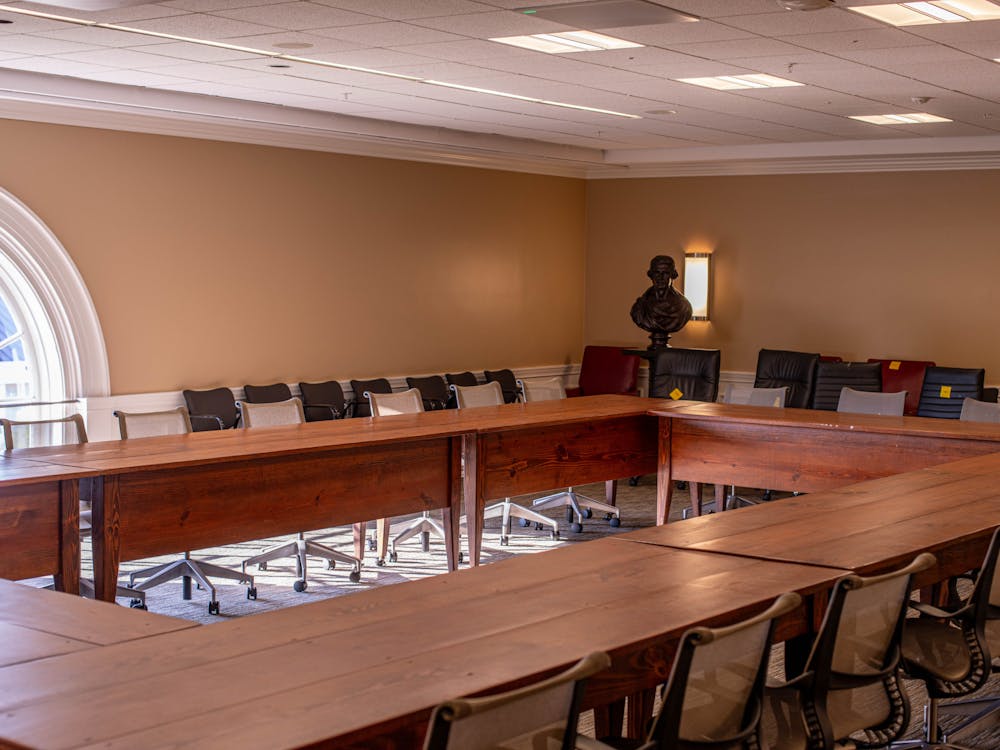After a month-long open bidding process for the online diversity training program which ended Aug. 1, a selection committee has reviewed the bids and will soon interview two prospective firms.
"We've narrowed it down to two groups that we have more questions for," Student Council President Daisy Lundy said, emphasizing that this does not necessarily mean these are the only two groups still being considered.
University Procurement Services received 17 bids for the project, according to Madelyn Wessel, assistant to the vice president for student affairs.
Plans for the online course are part of University President John T. Casteen, III's Commission for Diversity. Early proposals have stated that the course, designed to encourage students to confront issues of diversity on Grounds, will likely be required for all incoming first years.
The selection committee is comprised of administrators, faculty members and students who expressed interest in developing the program. Pat Lampkin, University vice president for student affairs, who orchestrated early stages of the program but does not serve on the committee, said members were chosen on the basis of interest and expertise. Student members include the representatives of large groups, and many of the faculty members have taught classes involving diversity.
"I know they will look at things thoughtfully," Lampkin said. "I will be confident with whatever they choose."
The final decision will probably be made sometime next month, Wessell said.
The University's 32-page request for proposals lists eight criterion for the project:
1) The Selected Firm's demonstrated ability to develop and implement an interactive training program.
2) The firm's expertise in developing and implementing training that incorporates strong and effective diversity content.
3) The firm's ability to work effectively and collaboratively with University faculty and staff.
4) The firm's references from institutions of higher education, large non-profits or clients comparable to that of the University.
5) The firm's financial proposal, including but not limited to the total cost of the development and implementation.
6) The quality of the proposal, specifically a concise response to requirements and adequacy of information provided.
7) The contractual terms which would govern the relationship between the University and Selected Firm.
8) Any other factors relevant to the firm's capacity and willingness to satisfy the University.
-- Staff reporters contributed to this article






